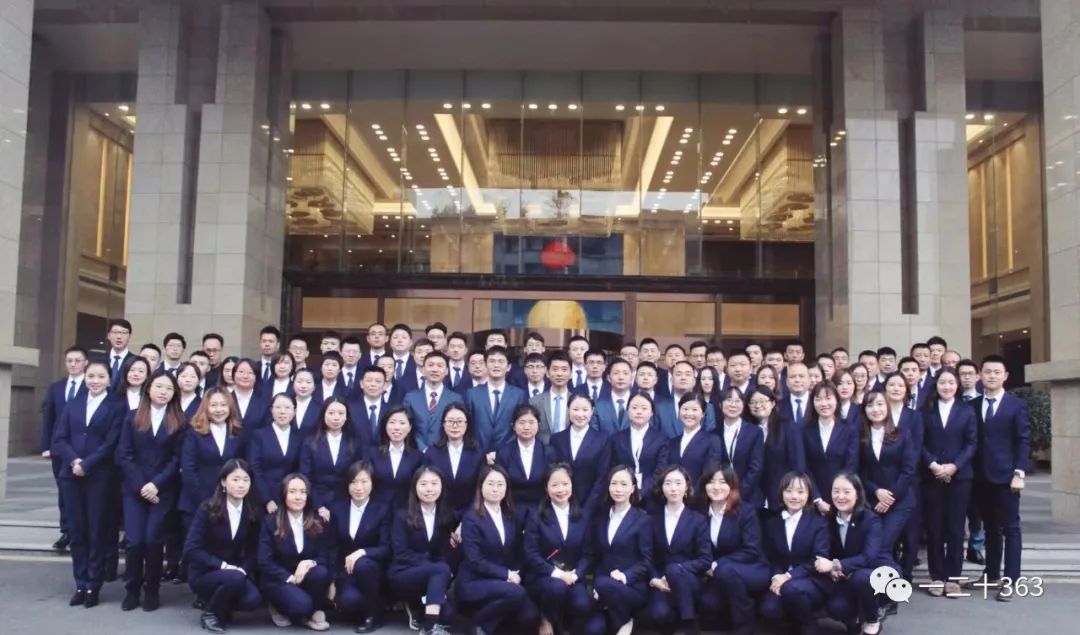Beijing Audit Association 2024-01-26 16:37 Beijing.
Why is it necessary to specify the working pressure of the air conditioning cold (hot) water system in the design of centralized air conditioning water systems?.
Answer: Ensuring that the working pressure of the equipment during actual operation does not exceed its rated working pressure is a necessary condition and foundation for the safe and normal operation of the system. It provides data for the pressure bearing capacity of various equipment, valves, accessories, pipelines, and the pressure test pressure of the system. The rated working pressure of equipment, accessories, and pipelines should be greater than the system working pressure. According to Article 8.1.8 of the Design Code for Heating, Ventilation and Air Conditioning of Civil Buildings GB 50736-2012, the working pressure of equipment, pipelines and components such as chillers, pumps, and end devices in air conditioning cold (hot) water and cooling water systems should not exceed their rated working pressure..
(Provided by Shen Mei, Zhongjing Tonghe International Engineering Consulting (Beijing) Co., Ltd.).
How to determine whether the energy-saving evaluation of air-cooled multi unit air conditioning (heat pump) units in Green Building has been changed from IPLV value to APF value when filling out the control item 7.1.2 (2) of the Green Building Construction Drawing Design Integration Form to meet the control item requirements?.
Answer: The energy-saving evaluation of air-cooled multi unit air conditioning (heat pump) units should meet the requirements of Table 3.2.12-2 in the General Code for Building Energy Conservation and Renewable Energy Utilization GB 55015-2021..
According to the requirements of Article 7.1.2, Paragraph 2 of the “Integrated Table for Green Building Construction Drawing Design”, the partial load performance coefficient IPLV value of the air conditioning cold source should comply with the provisions of the “Energy Efficiency Design Standard for Public Buildings” GB 50189. The current standard “General Code for Building Energy Efficiency and Renewable Energy Utilization” for the energy-saving evaluation of air-cooled multi unit air conditioning (heat pump) units has been changed from IPLV value to APF value, such as using air-cooled multi unit air conditioning (heat pump) As the air conditioning cold source, the unit meets the control item by meeting the annual performance factor (APF) value of the unit..
(Provided by Wang Lin, Jianyan Hanggui Beigong (Beijing) Engineering Consulting Co., Ltd.).
Is it necessary to install smoke exhaust facilities in freezing rooms, frozen material refrigeration rooms, cooling rooms, and cooling material refrigeration rooms with an area larger than 50m2 and no openable external windows inside the cold storage?.
According to Article 9.5.2 of the Design Standard for Cold Storage (GB 50072-2021), smoke exhaust facilities may not be installed in freezing rooms and refrigerated storage rooms. Article 9.5.3 stipulates that smoke exhaust facilities should not be installed in cooling rooms and refrigeration rooms for cooling materials..
Due to the fact that the freezing room, frozen material refrigeration room, cooling room, and cooling material refrigeration room are all enclosed spaces during the storage of goods, without any staff, the possibility of ignition of goods is low. Therefore, the likelihood of fire accidents occurring in the above rooms during operation is extremely low. Considering various aspects such as functional use, energy conservation, and cold storage management, the regulation that smoke exhaust facilities should not be installed in freezing rooms, cooling rooms, and refrigeration rooms is in line with the actual situation of safe operation of food cold storage..
(Provided by Han Huan, Beijing Guobiao Architectural Design Consulting Co., Ltd.).
According to Article 8.2.1 (2) of the General Code for Fire Protection of Buildings (GB 55036-2022), smoke prevention measures should be taken in smoke proof stairwells and their antechambers. Technical standard for building smoke and exhaust systems.


